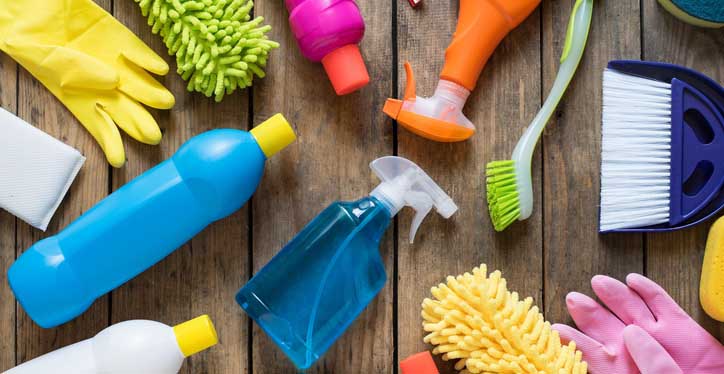Infection Control Today (ICT) recently released a new report[i] on disinfectant wipes. The concise report neatly outlines the key benefits of wipes over traditional "mop and bucket" methods, namely assurance of correct dosage, no need to repeatedly dip into an in-use solution (which risks contamination of the solution), and perhaps most importantly, convenience. This can lead to better compliance with cleaning protocols, improved staff satisfaction, faster room turnaround, improved impact in terms of microbial reduction, and, in some circumstances, cost savings. This blog will discuss how effective disinfectant wipes are in comparison to traditional disinfecting (mop & bucket methods - liquid disinfecting) and which wipe to choose in regards to the surfaces within your surgery.
The report highlighted a recent study[ii] that performed a useful cost effectiveness study, accounting for the time taken to clean the treatment room with wipes vs. a traditional liquid bucket method. Cleaning the room using wipes took an average of 178 seconds vs. 231 seconds with the traditional method, resulting in a cost saving per employee day of $38.58. So, even if the material cost for the wipes is higher than for the traditional bucket method, time savings will reduce the total process cost (in addition to the other benefits).
So, which wipe do you choose?
The ICT report covers some useful technical aspects about how good wipes function, including their loading ratio, and disinfectant absorbance and release. But which wipe to choose? There is no shortage of choice in the marketplace, from detergent wipes with no disinfectant activity at all to sporicidal wipes with efficacy against C. difficile spores.
Which wipe you choose will depend on the amount of debris that is on the surface in the surgery. There are two key uses of surface wipes in dentistry: cleaning a surface (with no need for disinfection) and disinfecting a surface. The first step is necessary to eliminate all debris from the surface (blood, fluids, dirt etc) and to make sure that debris does not desiccate before disinfection. The second step is to disinfectant and eliminate all micro-organisms on that surface. If the surface does not have visible debris, a one-step solution may be used. However, if the surface contains a large amount of visible debris, the surface needs to be attended to using a two-step process. There is an option to use a Universal wipe twice on a surface with a high level of debris – this will be just as effective as using a separate disinfectant and detergent wipe. The only thing to consider is the cost. It will be a higher cost in using two Universal wipes than separate wipes (averaging 10 cents per wipe for universal wipes, and 7.5 cents each for disinfectant and detergent wipes).
Therefore, in the practice you will need wipes with disinfectant and detergent properties (one-step), and also individual disinfectant and detergent wipes for higher level of debris surfaces. It is recommended to have a range of wipes within your surgery to accommodate for all situations and also highly suggested to provide training to your staff for which wipes to use and when.
You can check out our article on the Two-Step Cleaning Process here. Now that good quality universal wipes are available (e.g. Clinell Universal Sanitary Wipes and V-Wipes from Whiteley) the use of detergent and disinfectant wipes may not be as necessary on low level debris surfaces.
REFERENCES
[i] http://sd.infectioncontroltoday.com/reports/2015/08/benefits-of-ready-to-use-wipes.aspx
[ii] http://www.ajicjournal.org/article/S0196-6553%2813%2901316-3/abstract
[iii] http://gunz.onlineordering.com.au/Public/AdvancedSearch?categoryId=13&subCategoryId=331
.png)

